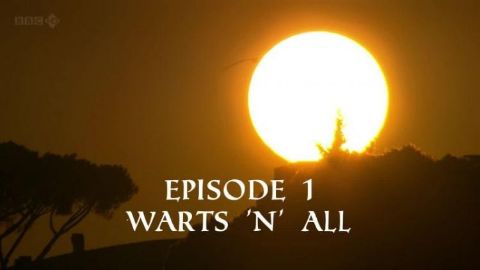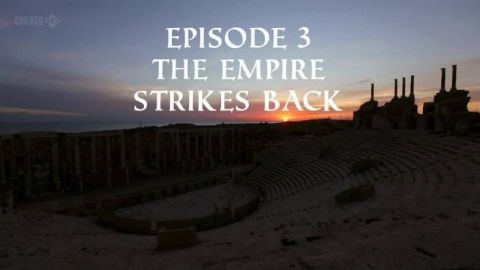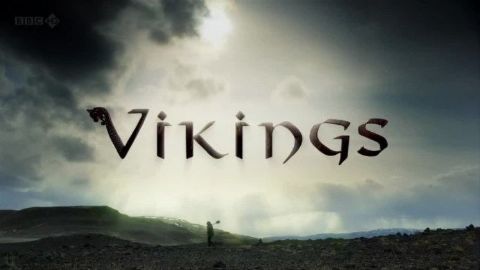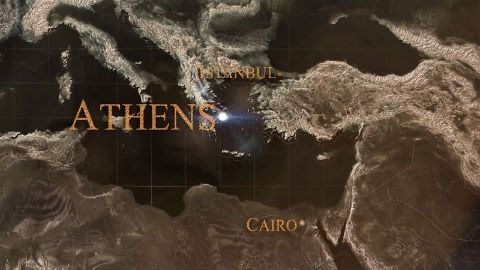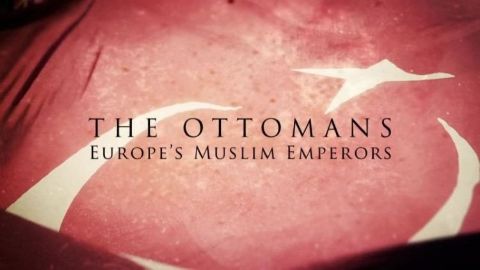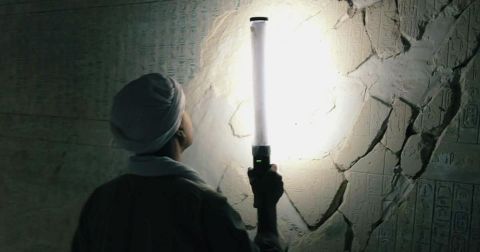Pomp and Perversion • 2012 • episode "S1E2" • Treasures of Ancient Rome
Alastair Sooke follows in the footsteps of Rome's mad, bad and dangerous emperors in the second part of his celebration of Roman art. He dons a wetsuit to explore the underwater remains of the Emperor Claudius's pleasure palace and ventures into the cave where Tiberius held wild parties. He finds their taste in art chimes perfectly with their obsession with sex and violence. The other side of the coin was the bombastic art the Romans are best remembered for - monumental arches and columns that boast about their conquests. Trajan's Column in Rome reads like the storyboard of a modern-day propaganda film. Sooke concludes with the remarkable legacy of the Emperor Hadrian. He gave the world the magnificent Pantheon in Rome - the eternal image of his lover Antinous, the most beautiful boy in the history of art - and a villa in Tivoli where he created one of the most ambitious art collections ever created.
Make a donation
Buy a brother a hot coffee? Or a cold beer?
Hope you're finding these documentaries fascinating and eye-opening. It's just me, working hard behind the scenes to bring you this enriching content.
Running and maintaining a website like this takes time and resources. That's why I'm reaching out to you. If you appreciate what I do and would like to support my efforts, would you consider "buying me a coffee"?
Donation addresses
BTC: bc1q8ldskxh4x9qnddhcrgcun8rtvddeldm2a07r2v
ETH: 0x5CCAAA1afc5c5D814129d99277dDb5A979672116
With your donation through , you can show your appreciation and help me keep this project going. Every contribution, no matter how small, makes a significant impact. It goes directly towards covering server costs.
